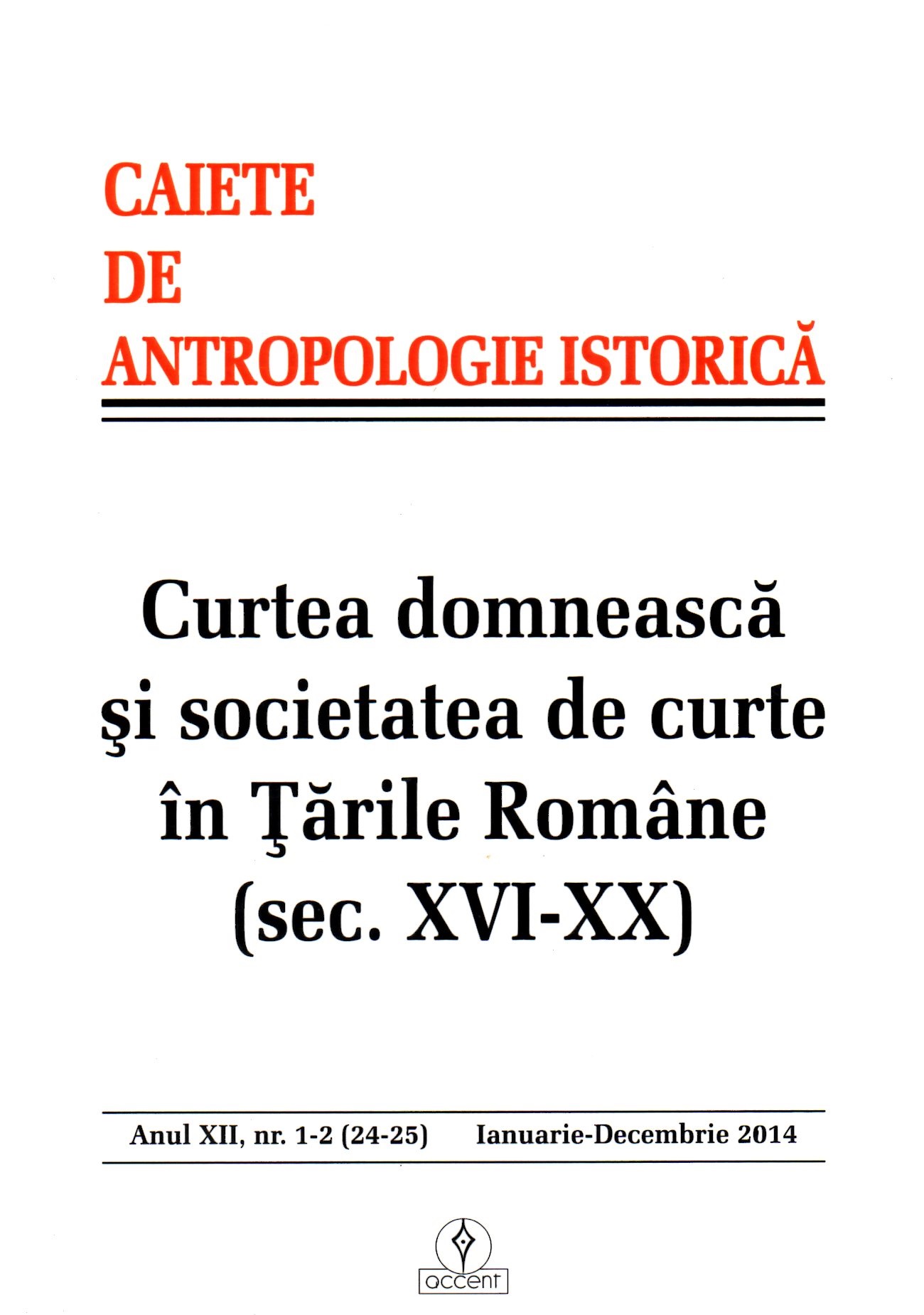Norbert Elias şi teoria „societăţii de curte” ca geneză a modernităţii. Pertinenţa unei teorii
Norbert Elias and the Theory of the “Court Society” as Genesis of Modernity. The Pertinence of the Theory
Author(s): Toader NicoarăSubject(s): Cultural history, Social history, 16th Century, 17th Century, 18th Century
Published by: Accent Publisher
Keywords: Norbert Elias; the court society; the curialization of the elites; the monopoly of violence; power and representation;
Summary/Abstract: One of the theories with an explanatory role in the genesis of the modern world is that coined by the sociologist and historian Norbert Elias under the phrase "the court society" (Hofische gesselschaft, société de cour), which had an interesting historiographical career, and which plays a strong part in the knowledge of the sociogenesis of European society in the modern era. The theory advanced by Norbert Elias postulates in essence that between the medieval society, known to and described by historians and sociologists, and the truly modern-industrial societies of the 19th and 20th centuries, there was in Europe a specific social formation, especially for Western Europe (but we shall see that, taking nuance into account, the theory is valid for East-Central Europe as well), the so-called "court society", which emanates and engineers in its turn a new type of relationships between people and institutions, a form that generates and multiplies "the lifestyle" of an entire society. The present editorial postulates some theoretical alignments on the pertinence of the court society theory advanced by Elias, confirmed or critically debated by a constellation of historians, as an instrument for the analysis of the genesis of the modern world, and also opens possible pathways in the investigation of how the society of the three principalities (Transylvania, Wallachia and Moldavia) made its transition to the modern world. The plea is that, by employing the interpretation grid inspired by Norbert Elias’s theory on the two and a half centuries of Romanian history (the middle of the 16th century, the 17th and the 18th centuries), further knowledge is to be brought, a more complex, profound and nuanced knowledge of the manner in which modern values were set in Romanian society, and how it reacted to the challenges of modernity.
Journal: Caiete de Antropologie Istorică
- Issue Year: 2014
- Issue No: 24-25
- Page Range: 5-15
- Page Count: 10
- Language: Romanian

